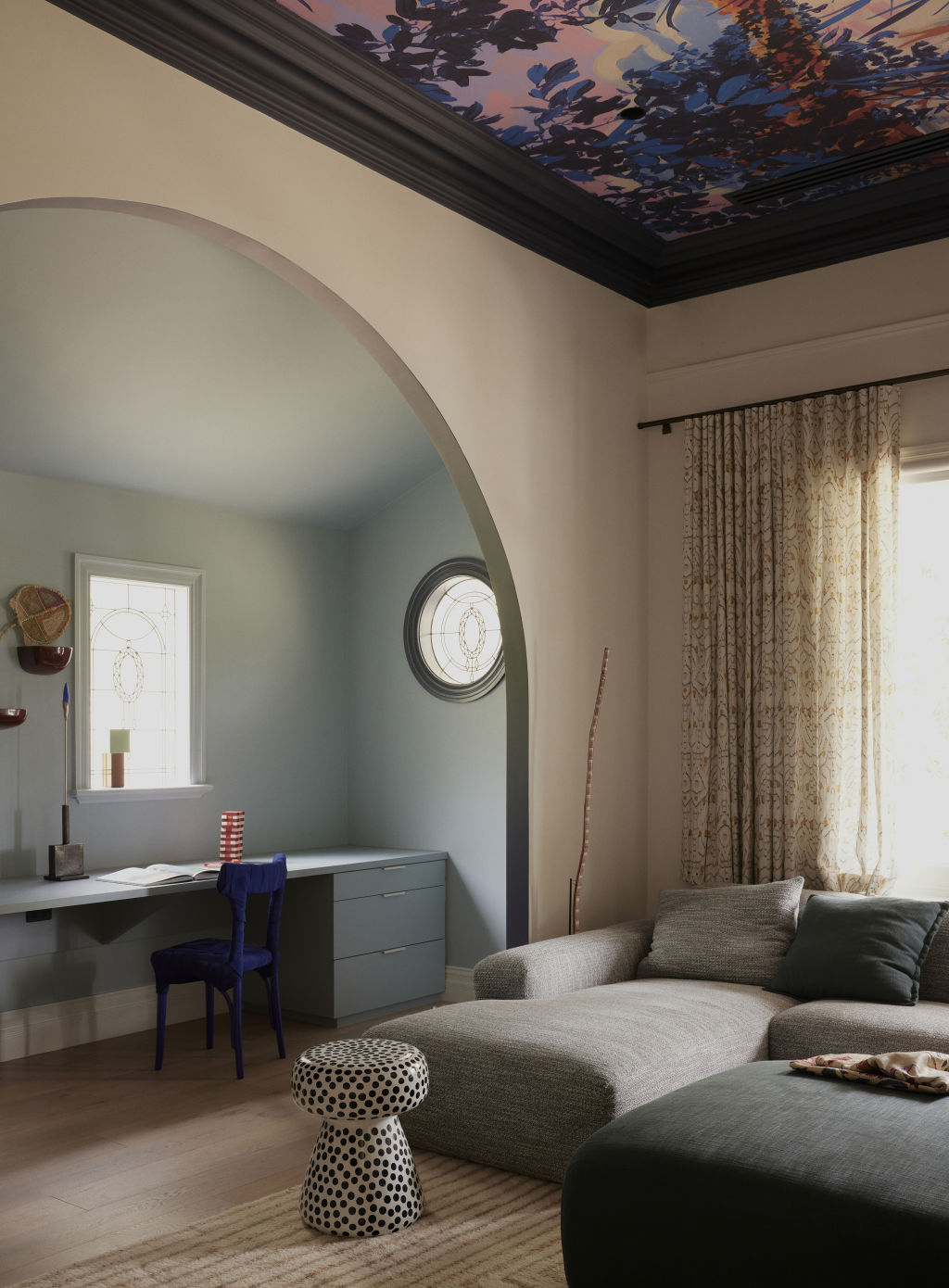Size Doesn’t Matter: How to Entertain in a Small Outdoor Space
Summer is here, and as we emerge from our Queenslanders, bungalows, townhouses and apartments, our focus shifts to prepping outdoors ready for relaxation and entertaining. “Australians love to connect with nature – it’s food for our souls,” says designer Lynne Bradley. “We are known for our love of barbecues and turning … Read more






